How Rolex Became the Golf World’s Go-To Watch Brand
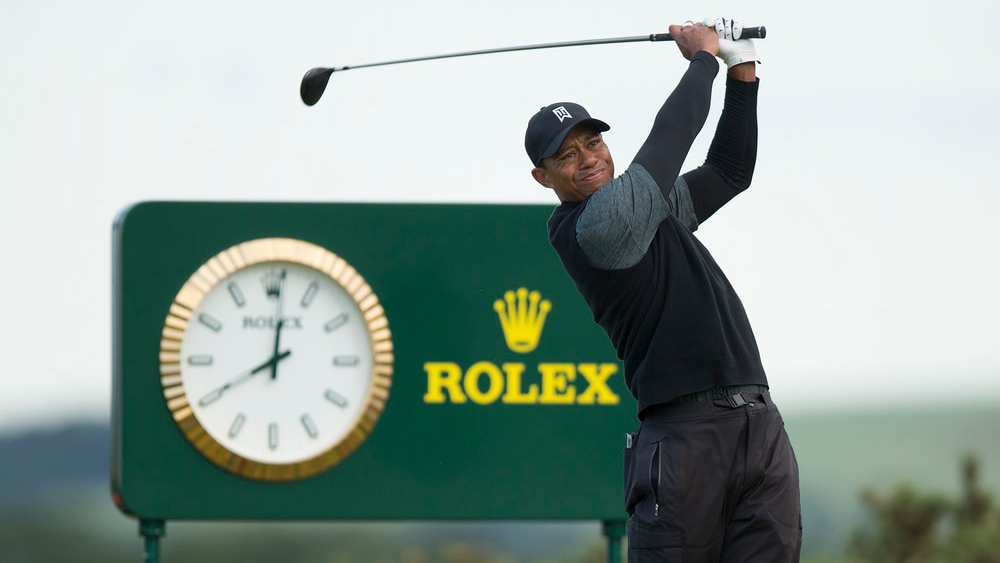
- Oops!Something went wrong.Please try again later.
- Oops!Something went wrong.Please try again later.
- Oops!Something went wrong.Please try again later.
For four days in mid-July, as more than 52,000 daily spectators streamed into St. Andrews, Scotland, to watch the 150th edition of the Open, golf’s most historic tournament—staged for the 30th time at its spiritual home, the Old Course—one name dominated the leaderboard.
It wasn’t Cameron Smith, the Australian golfer with the distinctive mullet who ended up winning the majors championship in a spectacular final round, finishing at 20 under par. Neither was it crowd favorite Rory McIlroy, who led for much of the final day before losing the claret jug, the trophy presented to the winner of the Open Championship, in the back nine. And it certainly wasn’t Tiger Woods; after a disappointing performance, he waved goodbye to the crowd at the end of day two as he crossed over Swilcan Bridge in one of the valedictory traditions that define the 600-year-old links course.
More from Robb Report
From Batman to Bart Simpson: 20 Rolex Nicknames Every Watch Collector Should Know
Buying an Investment Watch? These New Models From Rolex, AP and Patek Are Your Best Bets
From the Rolex Yacht-Master to Breitling's SuperOcean, 8 Watches Designed for the High Seas
In fact, the most consistent presence on the leaderboard, and around the Old Course, during the four rounds of the Open last month wasn’t a player at all. It was Rolex. The Swiss watchmaker’s name appeared—in two places—atop the scoring board that towered above the opening tee. It also graced 20 clocks Rolex stationed around the Old Course this year. No spectator, at St. Andrews or watching from home, could have missed it.
The modern history of the Open is virtually inseparable from Rolex. Below are five things you probably don’t know about the Geneva-based brand’s longstanding relationship with the British tournament, the legendary players who’ve won it and the game of golf itself, whose royal and ancient history continues to influence the sport.
It all started with a handshake in 1967.
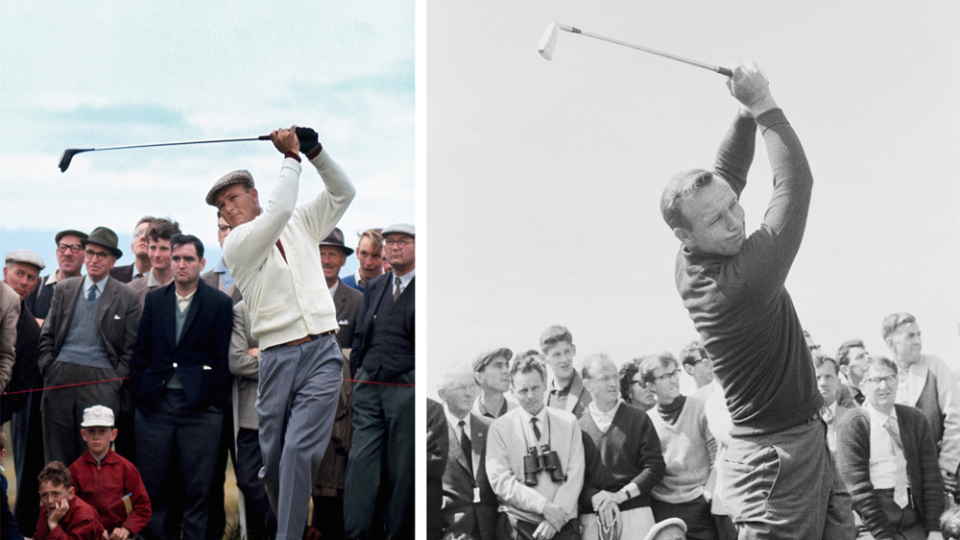
Rolex/ Bob Thomas for Getty Images; Rolex/Gerry Cranham Offside Sports Photography
Arnold Palmer, the charismatic golfer who became the face of the sport in the mid-1960s, sealed a deal with Rolex in 1967 to serve as its first testimonee, the term the brand uses to refer to its ambassadors. Not long after, Palmer’s friends and rivals, Jack Nicklaus and the South African Gary Player, joined him. (Together, the trio is known as the Big Three.)
The watchmaker made its sponsorship of the Open official in 1981, but its involvement with the Big Three — not to mention the impact of their winning personalities on golf’s rising profile in America and the world over — had already changed the Open, and the sport, forever.
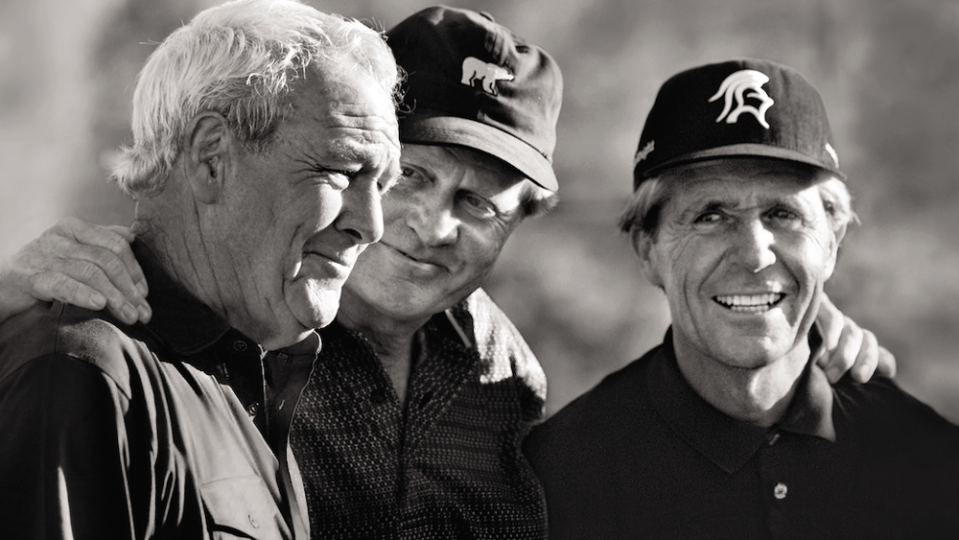
Rolex/Kevin Lamarque Reuters
The game truly hasn’t been the same since. At a press event during the 150th event, Johnnie Cole-Hamilton, executive director of championships at the Royal & Ancient Golf Club of St Andrews, which manages the Open Championship, said as much in his opening remarks.
“If a brand is going to have partners, then Rolex couldn’t have picked three better than them,” he said. “What Arnold Palmer did for the Open Championship by coming over when he did and then persuading his American colleagues to do the same, you can trace back the Open taking a big step forward to that point. The game of golf and the Open Championship have a huge debt of gratitude to all three of them and I’m sure Rolex would say the same.”
The brand’s involvement with golf permeates every level of the game worldwide.
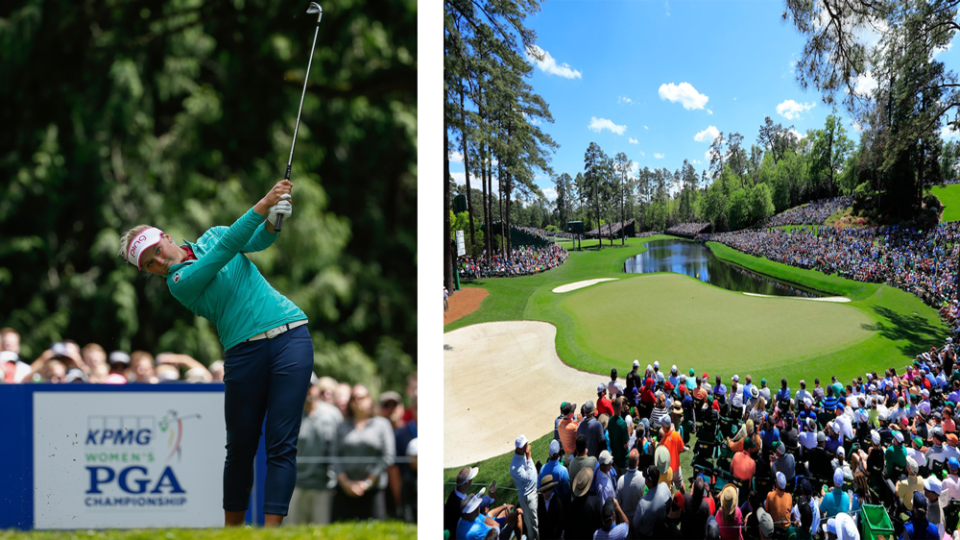
Rolex/Getty Images; Rolex/Rob Brown
Unlike most watch brands, Rolex does not settle for anything less than total domination when it comes to sport sponsorships. Not content to work with a single-star player (say, Jordan Speith) or a single tournament (like the Open), the brand blankets the field, establishing its largesse in a way that leaves no doubt as to who rules the game.
In golf, Rolex’s commanding presence spans numerous categories, including support for elite and developing players, professional tours and governing bodies, and virtually every event of note on the golfing calendar.
From its involvement with the PGA of America, and its three annual major championships—the PGA Championship, the KPMG Women’s PGA Championship and the KitchenAid Senior PGA Championship—to its 23-year-long relationship with the Masters Tournament held at Augusta National Golf Club in Georgia (the brand became an official partner in 2008), Rolex maintains an all-encompassing approach to golf.
To wit: The company has served as the official timekeeper of the U.S. Open Championship since 1980, and since 2003, it has performed the same role for the U.S. Women’s Open.
And yet Rolex’s institutional relationships in the world of golf (including its foundational ties to the R&A, which along with the USGA, governs the sport worldwide) are just one part of the equation. The brand’s personal relationships with golf’s greatest champions are another.
Twenty Rolex testimonees competed at the 150th Open. Three represent the “New Guard.”
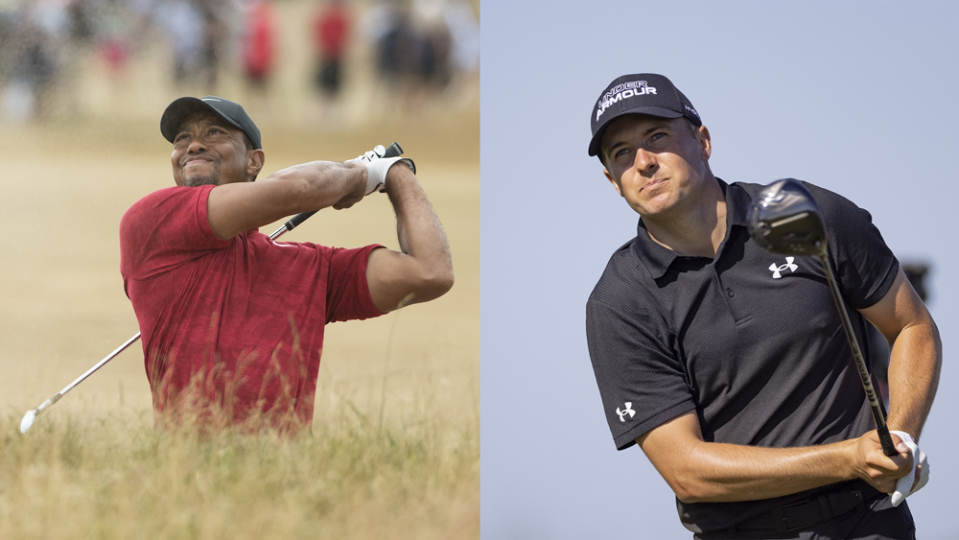
Rolex
An unmistakable example of Rolex’s support for golf’s established and rising stars was the field of putters who participated in the 150th Open. Of the 156 players who competed for the claret jug on the Old Course at St. Andrews, 20 were Rolex testimonees. They included: Paul Casey, Bryson DeChambeau, Thomas Detry, Matthew Fitzpatrick, Garrick Higgo, Sungjae Im, Brooks Koepka, Haotong Li, Hideki Matsuyama, Phil Mickelson, Francesco Molinari, Joaquín Niemann, Victor Perez, Thomas Pieters, Jon Rahm, Scottie Scheffler, Adam Scott, Jordan Spieth, Justin Thomas and Tiger Woods.
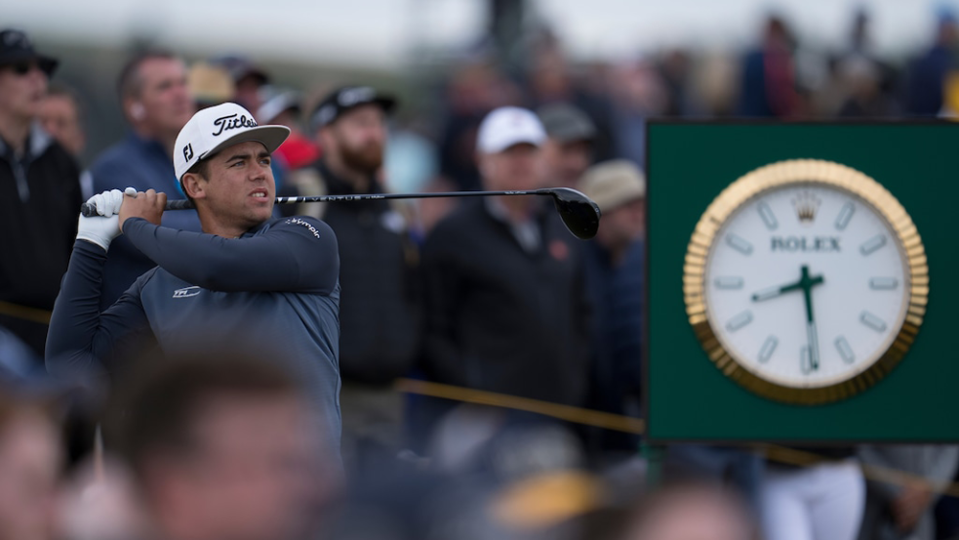
Rolex/Thomas Lovelock
Of these, the brand has anointed three players — Joaquín Niemann, Sungjae Im and Garrick Higgo — members of the Rolex New Guard, which it describes as “a new generation of competitors who, like the Big Three before them, are asserting their authority on the sport and in doing so, inspiring future generations of athletes to follow them.”
As Rolex testimonees go, few are as committed to the brand as Gary Player.
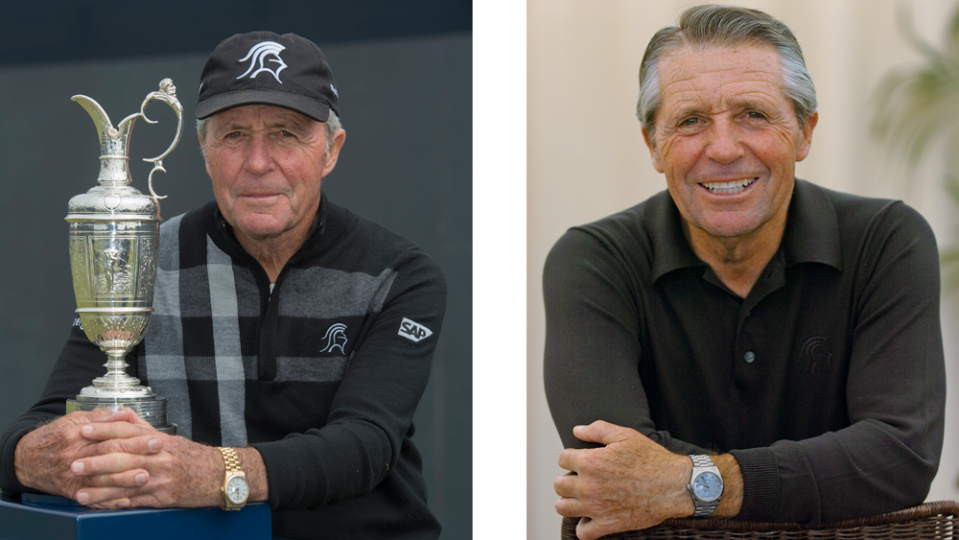
Rolex/Chris Turvey
Player hails from Johannesburg, but, like so many professional golfers, calls Florida home. At age 86, he still travels the golf circuit, playing the game, signing autographs and sharing his love for the sport. Having won nine major championships — including three Open wins, in 1959 (Muirfield), 1968 (Carnoustie) and 1974 (Royal Lytham & St Annes) — he’s a familiar, and beloved, figure on the scene.
At the 150th Open, Player returned to the Old Course, this time as a spectator, wearing his Rolex Oyster Perpetual Day-Date in yellow gold with white dial, one of several Rolex watches in his collection.
“When I first met with Rolex, I discovered the true value of their watches and what the brand stood for,” Player writes in an email to Robb Report. “Rolex has been superb at supporting young talent and showing great commitment to both the women’s and men’s games. It has become indelibly linked to golf and continues to play a vital role across all levels of the game, via its support for the players, organizations and tournaments.”
As for his own collection, Player singled out two models that he holds especially dear. “I get great use out of them all but find myself coming back to two in particular: my platinum Oyster Perpetual Day-Date and yellow gold GMT Master,” Player says.
“The latter holds particular sentimental value,” he adds. “My father worked in a gold mine and one time, I went with Arnold Palmer to watch him at work. I was blown away by their work ethic. For every eight tons of rock mined, you produce one ounce of gold, so anytime anybody wears anything with gold in or on it, it holds great value. Whenever I wear my gold Rolex GMT Master, it is a reminder of my father and the work ethic of those in the gold mines.”
Over the course of his more than 50 years working with Rolex, Player has a unique perspective on the game, the brand and the relationship between them. “Quite simply, I do not think golf would be in its current state without the enduring support of Rolex,” he says.
Rolex sponsors five categories of sport. What they have in common speaks volumes about the brand.
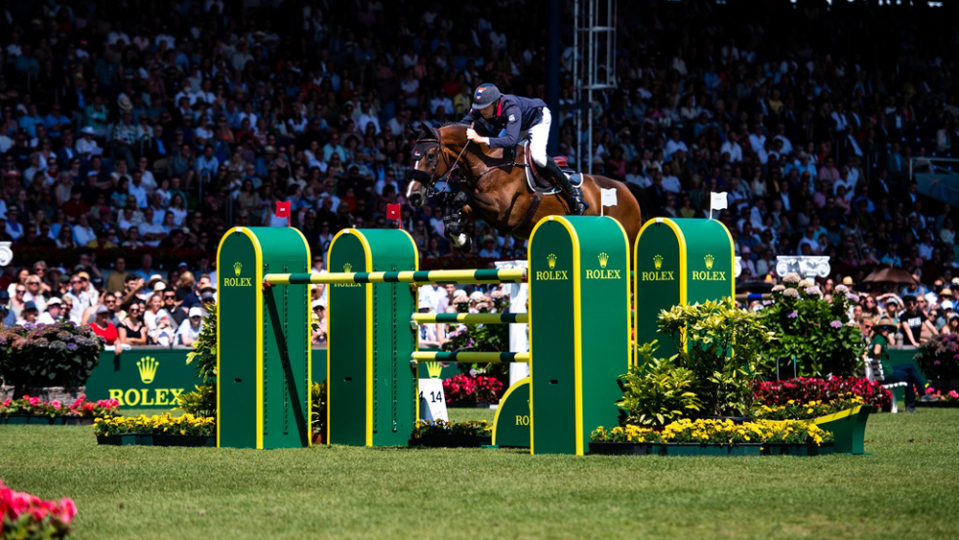
Rolex/Peggy Schroeder
At first glance, the five sports that Rolex sponsors—yachting, golf, tennis, equestrianism and motor sport—seem to be united by their luxury affiliation.
Even more important to the brand’s sponsorship philosophy, however, is that it exalts individuals who have persevered and triumphed. As a result, the sports that Rolex supports are tests of individual endurance (yachting, a team sport, being the sole exception). As such, they are neatly aligned with the brand’s “permanent quest for excellence,” a phrase that appears throughout Rolex’s marketing materials.
That society recognizes and reveres the individuals who excel at these sports as winners is a crucial element. Rolex only works with winners—even, or especially, when those winners (think Tiger Woods) falter in their careers. That’s because the single most enduring aspect of Rolex’s testimonee relationships—and its partnerships in general—is that, like its watches, they are built to last.
Best of Robb Report
Sign up for Robb Report's Newsletter. For the latest news, follow us on Facebook, Twitter, and Instagram.

